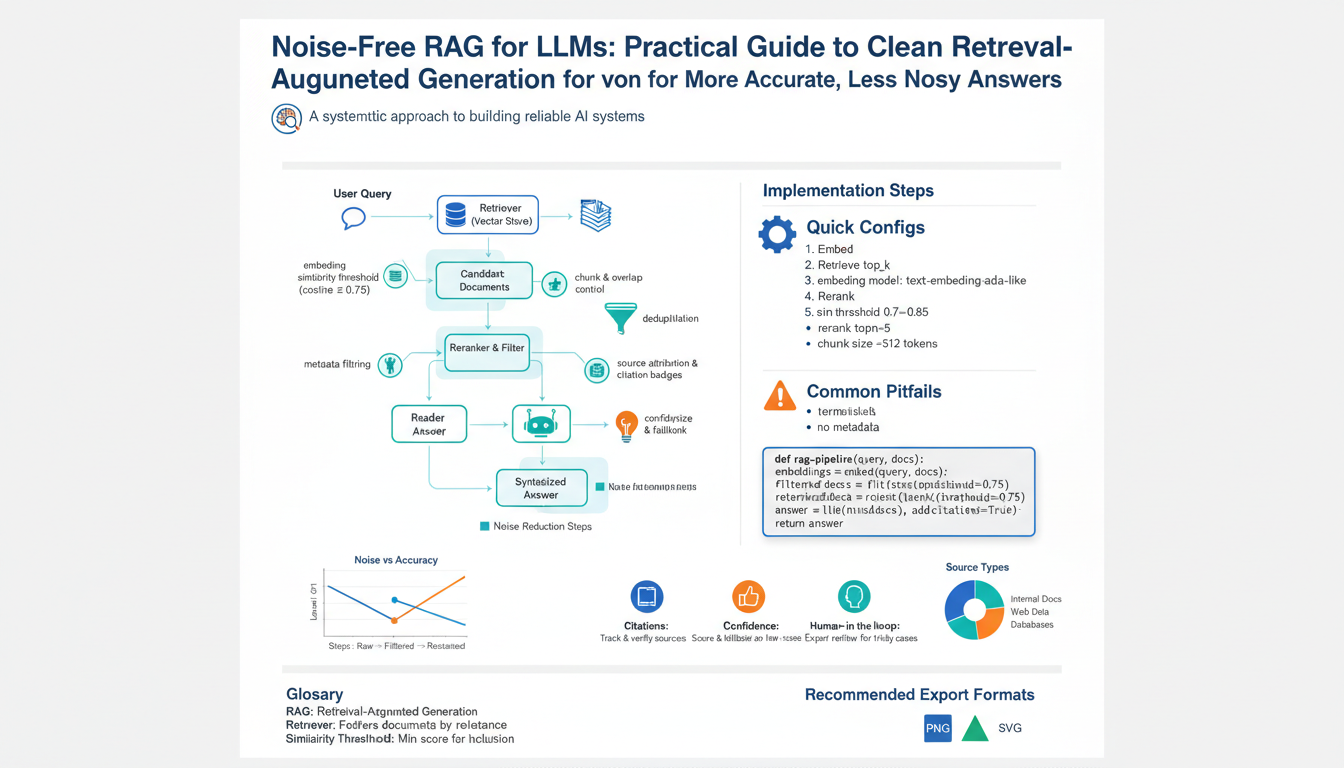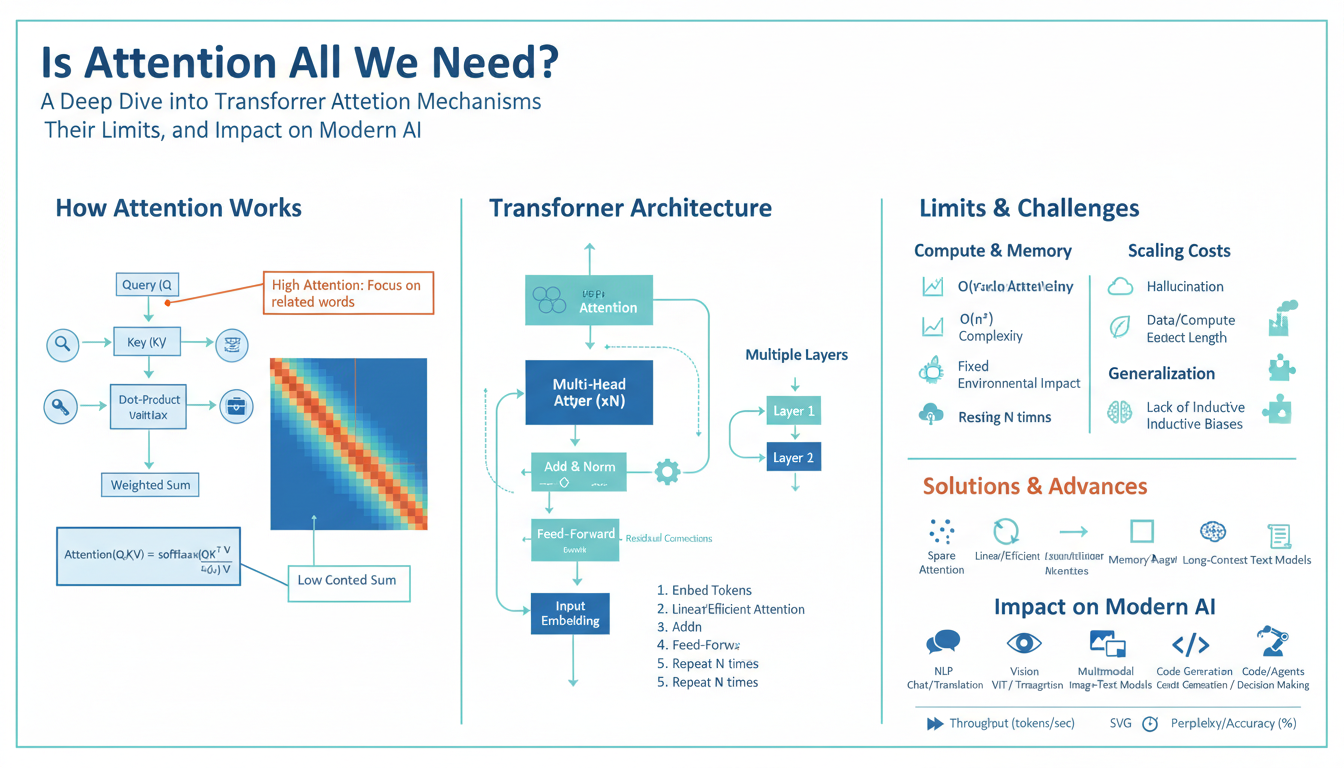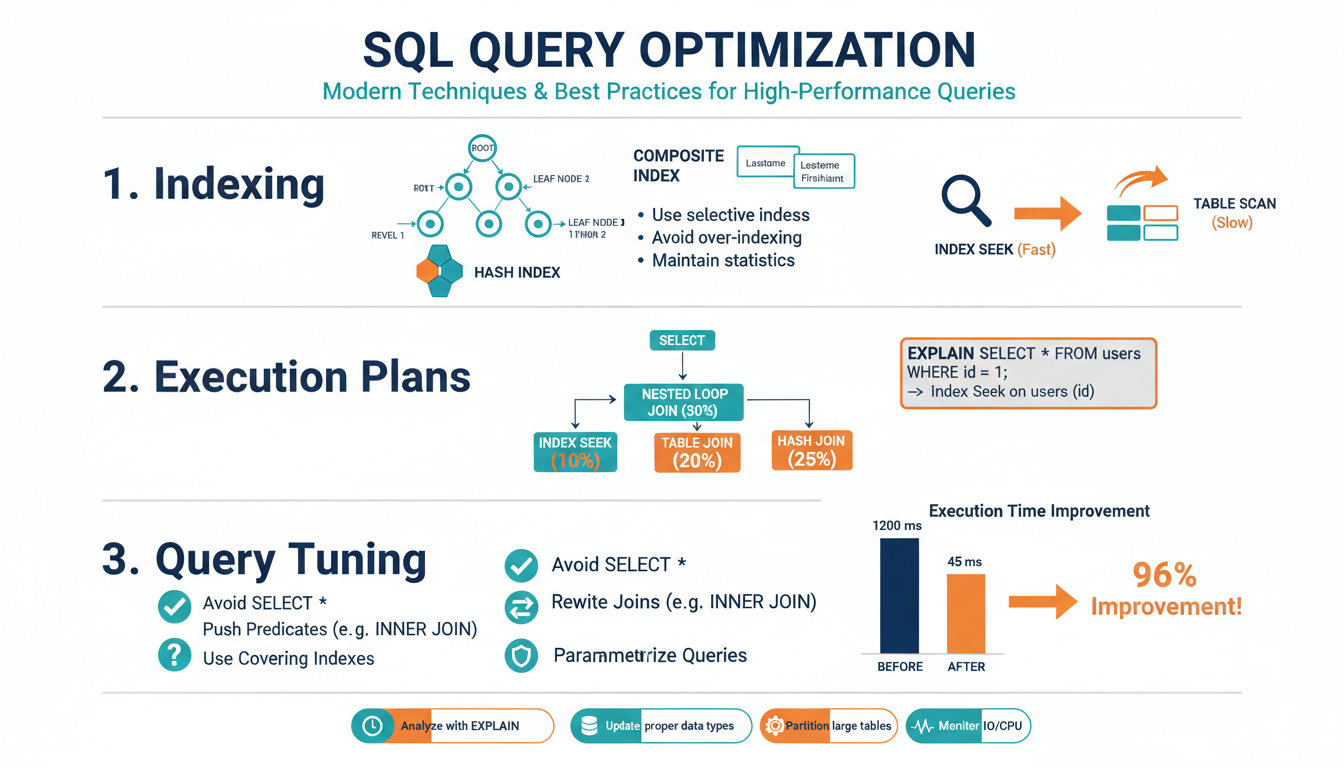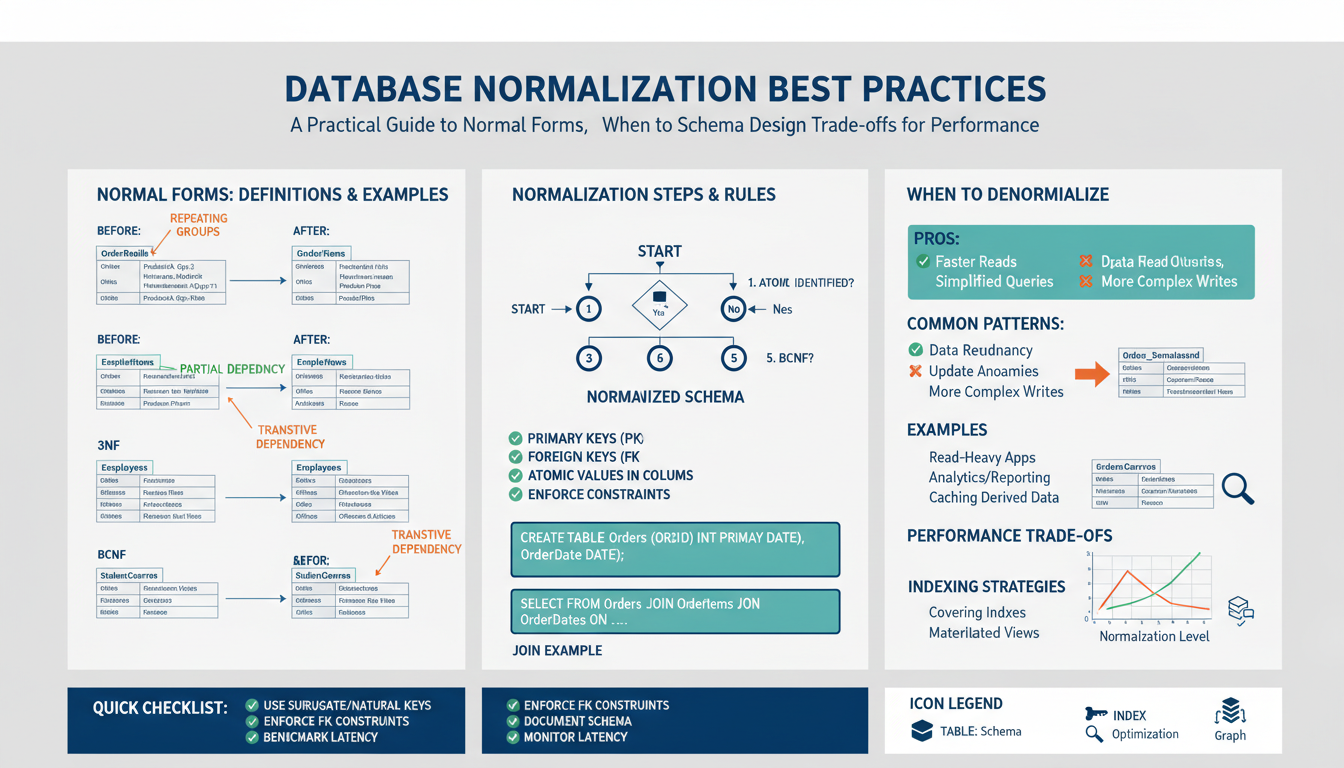
Welcome to the world of hedge funds, where the managers make billions of dollars each year.
What is a Fund?
At its core, a fund is a pool of money that investors put money into, which is then managed by a fund manager who invests the money into various assets. When these investments make a profit, the money comes back to the pool and gets split between the investors and the managers.
Different Types of Funds
There are different types of funds, including hedge funds, private equity, venture capital, real estate funds, and debt funds. Hedge funds invest in public market stocks, bonds, commodities, forex, and crypto, while private equity firms invest in privately held companies. Venture capital invests in small startups, and real estate funds invest in real estate properties. Despite their different investment strategies, these funds are all structured similarly, with the only difference being the assets they invest in.
Fund Structure
Funds are structured as limited partnerships, which are managed by a general partner. As the fund manager, you manage the general partner, while investors or limited partners invest in the limited partnership or fund. Investors sign two governing documents of the fund, the LPA and the PPM, and fill out their subscription documents. However, they have no say over what happens in the fund, as this is decided by the general partner. Once the investments make money, they flow back to the limited partnership and get split between the limited partners and the general partner.
How Much Money Do Hedge Fund Managers Make?
Hedge fund managers make billions of dollars each year, as evidenced by the top-earning fund managers last year, including Jim Simons, The Englander, and Ken Griffin. Managers make money from the fees they charge investors, including the management fee and the performance fee. The management fee is a percentage of the assets under management, while the performance fee is a percentage of the profits made from the investments.
The 2 and 20 Model with a Pref
The most common hedge fund fee structure is the 2 and 20 model, where managers take a 2% management fee and a 20% carried interest on profits. However, some funds add a preferential rate of return (pref) at 8%, meaning that managers don’t earn any profits until investors make at least an 8% return. This model incentivizes managers to prioritize investor returns and can result in higher profits for both parties.
The Catch-Up Model
Some funds also use a catch-up model, where managers receive a larger share of profits once investors reach a certain rate of return. For example, once investors reach an 8% return, managers may receive a larger share of the next 2% of profits. This model can motivate managers to push for higher returns but can also lead to a larger fee for investors.
Alternative Models
While the 2 and 20 model is the most popular, some funds use alternative models, such as a 3 and 30 or even a 5 and 45. These models may be suitable for some funds, but investors should carefully consider the potential risks and returns before investing.
Conclusion
Hedge fund fee structures can be complex, but understanding the different models can help investors make informed decisions. Ultimately, the right model depends on the goals and risk tolerance of the investor and the fund manager.
Disclaimer: We may not be able to provide 100% perfect information. We gather questions and get answers from experts. The experts provide answers but the text is not written directly by them so there may be some typos. I prefer to put this note at top but that causes some issues with display. Thank for reading.



